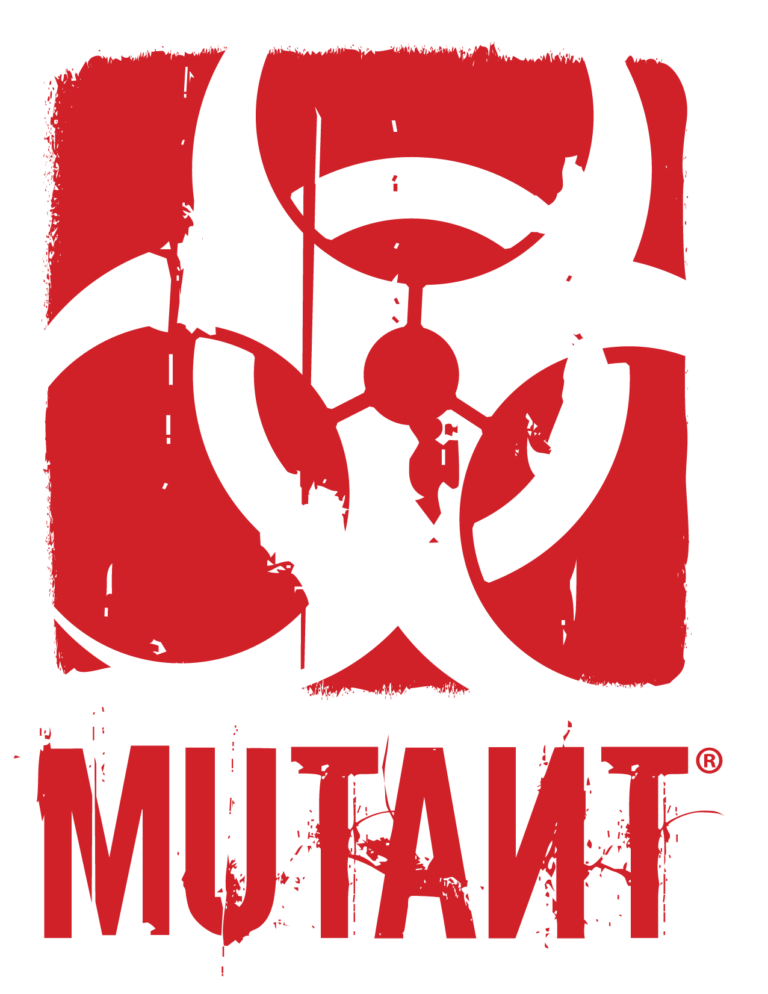By Lindsay Kent
Master Trainer
 While it’s common practice for athletes and exercisers to push through pain and extreme exertion to achieve their goals, certain training protocols have taken it a step too far and are caught in a debate among doctors, physical therapists and trainers over their safety and effectiveness. Prominent in the discussion is a serious and potentially deadly condition called exertional rhabdomyolysis, which has been linked to high-intensity, metabolic training that’s not properly tailored to the individual.
While it’s common practice for athletes and exercisers to push through pain and extreme exertion to achieve their goals, certain training protocols have taken it a step too far and are caught in a debate among doctors, physical therapists and trainers over their safety and effectiveness. Prominent in the discussion is a serious and potentially deadly condition called exertional rhabdomyolysis, which has been linked to high-intensity, metabolic training that’s not properly tailored to the individual.
Definition
Rhabdomyolysis—rhabdo, for short—is the complete breakdown of the body’s muscle fibers and toxic release of substances into the bloodstream. It destroys skeletal muscle, releasing a protein called myoglobin into the blood. It also releases extreme amounts of creatine kinase, an enzyme that processes chemical reactions in the body. CK levels are usually around 100 units per liter, but documented cases of rhabdo show levels as high as 45,000. These and other toxic substances cause swelling and pain as the pressure builds inside the body and surrounds the muscles. The kidneys cannot filter and remove all of them, and they begin to shut down as the other body systems that aide in muscle repair and recovery frantically try to assist them.
Compartment Syndrome
Another condition related to rhabdo is compartment syndrome. When a muscle has been torn, a common effect of rhabdo, the swelling and pressure around the muscle casing cause complications with circulation. Often, the situation requires an emergency fasciotomy, which involves slashing open the connective tissue to release the swelling. In severe cases, it can lead to the loss of a limb.
The CrossFit Connection

Rhabdomyolosis is a rare condition, but it gained notoriety as extreme-high-intensity workout trends began sweeping the fitness industry. CrossFit is on that list, but it’s hardly the only such regimen. “Uncle Rhabdo,” also referred to as “Uncle Pukey,” is a grotesque cartoon clown hooked up to a kidney dialysis machine, with blood pouring out of his depleted body. Sometimes, he’s pictured vomiting. Uncle Rhabdo has become the unofficial mascot for the kind of high-intensity, metabolic workouts Crossfit is famous for.
This is no secret. In an article published in the CrossFit Journal in 2005, CrossFit founder Greg Glassman had this to say about the link between this serious medical condition and his popular protocol:
“Before the first rhabdo case was brought to our attention, we regularly warned of CrossFit’s potency wherever we had the opportunity. In the January 2005 issue of the journal, we offered the following caution for newcomers tackling the WOD (workout of the day): ‘Countless bad-asses from sporting and special operations communities, long regarded as bulletproof, have been burned at the stake of ego and intensity.’ As it turns out, the burning is rhabdo, and we now find ourselves obligated not just to explain CrossFit’s potency but to warn of its potential lethality.”
Signs and Symptoms of Rhabdo
The best defense is to recognize the early warning signs that your body may be under attack. Swollen, bruised, and tender areas of the body are often a marker, along with trouble moving the arms and legs and extreme weakness.
Feeling generally ill, nauseous or even vomiting are also potential red flags, as are fever, dehydration and even lack of consciousness.
Extremely dark-colored urine is a sign that the body is processing toxins; so is little to no urine output. Other effects include high body temperature and heat stroke, in addition to severe exertion and dehydration.
Additional complications can include irregular heartbeat and cardiac arrest, high potassium in the blood, and liver damage. In the most severe cases, it can lead to death.
Treatment
An attack of rhabdo requires a trip to the hospital, and treatment will depend on the severity of the case. It can include IVs and plenty of bicarbonate-infused fluids to flush the toxins; a fasciotomy, as mentioned above; and kidney dialysis.
Considerations
Anyone can be vulnerable to rhabdo, not just those who follow a particular training protocol. Any high-intensity workouts done without proper regulation, periodization, and attention to your unique needs can be dangerous. Understanding the nature of your training and the possible dangers is an important first step to practicing prevention. It is essential to take personal responsibility for your body, know your exertion levels, and exercise safely.
Group training programs involving high-intensity, metabolic circuits offer great benefits, such as motivation and teamwork, while instilling discipline and the habit of hard work, but you shouldn’t have to sacrifice your health and safety. The motivation to push the body to achieve goals and heightened performance is an awesome attribute of human nature, but risking your health and safety should not be part of the process.
Read more from Master Trainer Lindsay Kent!
A former captain of a Junior Olympic volleyball team, Lindsay Kent loved testing her limits and digging deep to push herself to the next level. A professor at the International Sports Sciences Association (ISSA) College of Exercise Science, Lindsay also owns her own training business, Lindsay Kent Fitness. She holds the prestigious designation of Master Personal Trainer, specializing in Fitness Nutrition, Strength and Conditioning, Exercise Therapy, Youth and Senior Fitness, and Athlete/Functional training. A spokesmodel for ISSA, Lindsay writes for various fitness publications and we proud to have her on our team here at DigitalMuscle.com.







